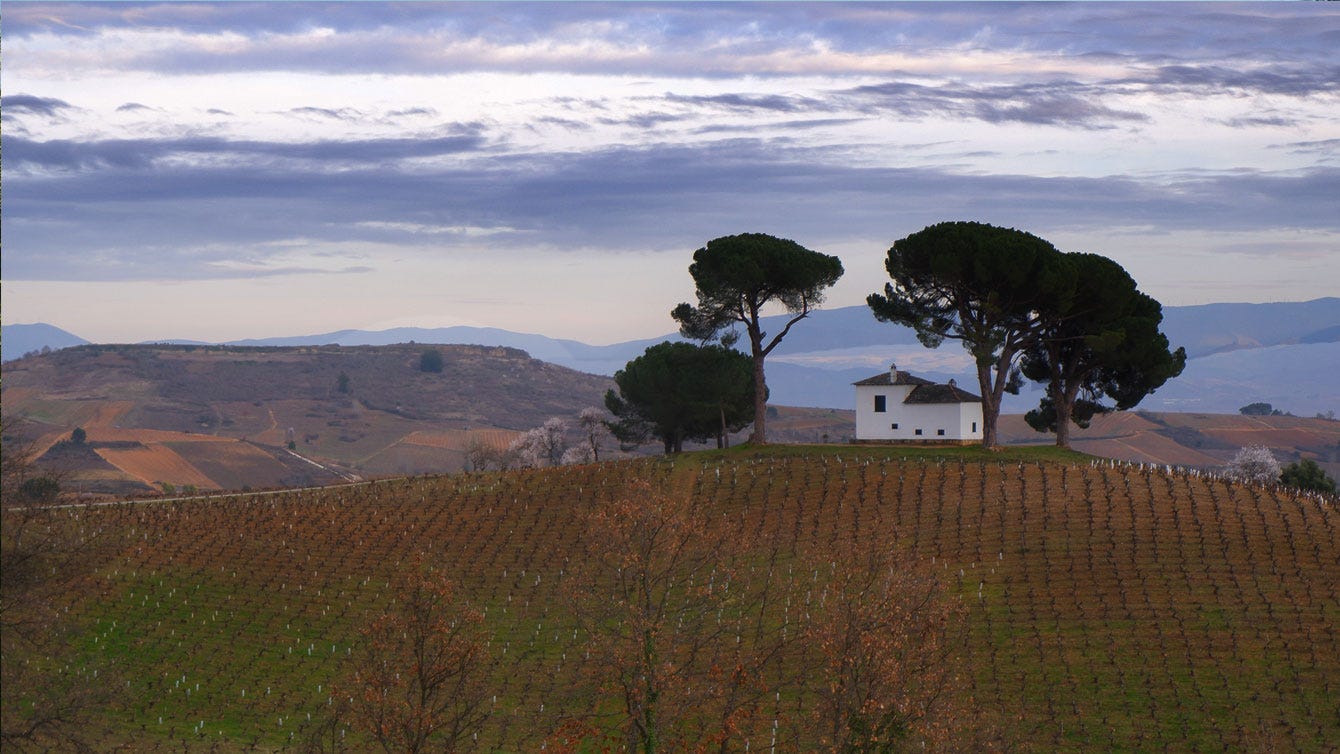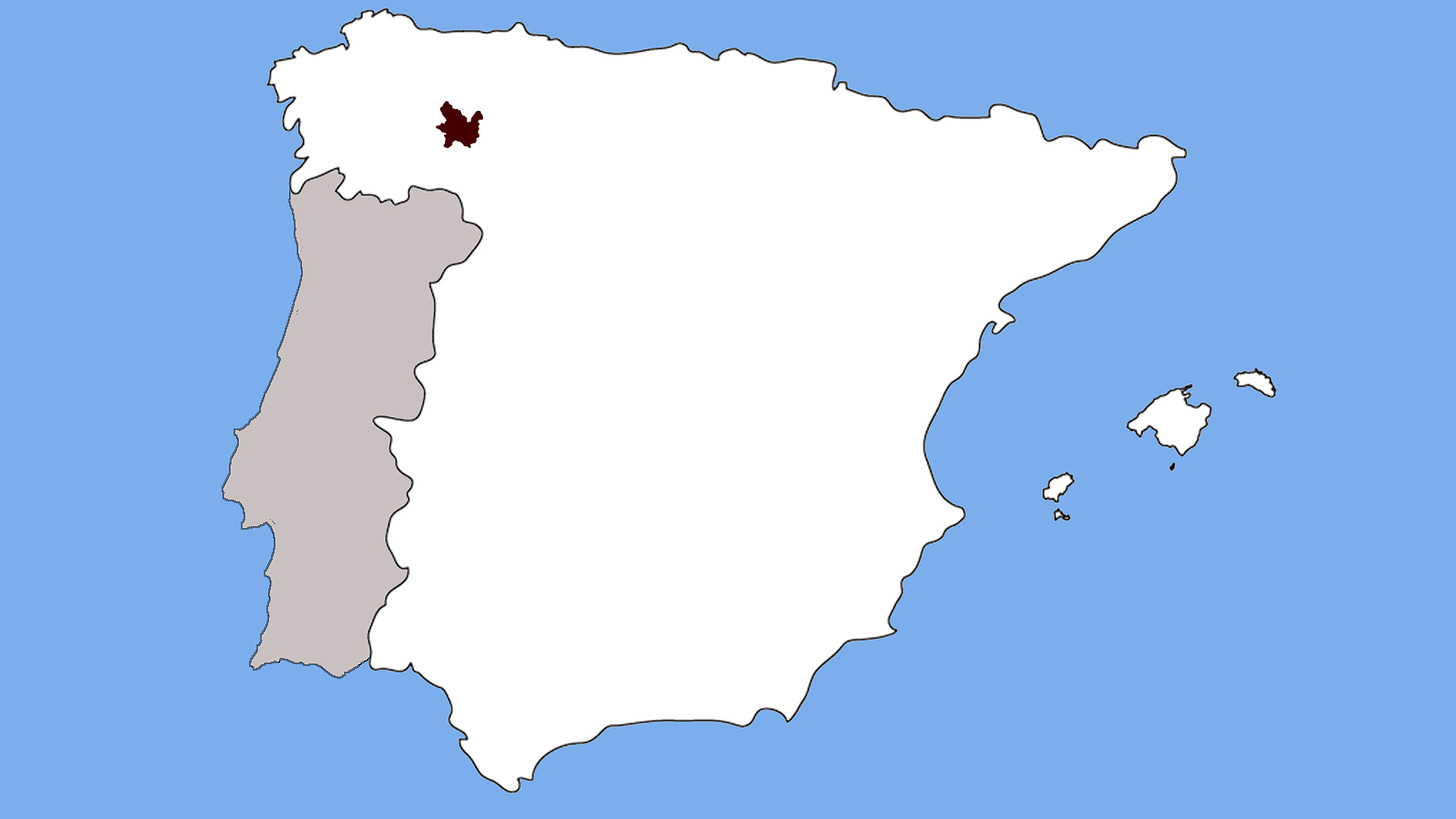DO Bierzo
Key Points
Grape varieties: Mencía, Garnacha Tintorera (Alicante Bouschet), Godello, Doña Blanca, Palomino
Hectares planted: 2,350 Hectares
Grape growers: 1,110
Wineries: 74
About Bierzo
Bierzo is located up in the northwest corner of Castilla y León, near to where it turns into Galicia. The epicentre of the DO is a gentle valley stretching from Ponferrada in the southeast to Villafranca del Bierzo in the northwest. Mountains embrace the valley on all sides, forming a natural barrier between Galicia and Asturias to the north and the vast Castillian plains of the meseta norte to the south.
Those geographical features make this something of a transition zone between the more Atlantic climate to the north and the warmer, drier Spanish interior. Bierzo enjoys a good amount of rain but isn’t as damp as Galicia to the northwest. And between the valley floor and the higher altitude plots, you’ll find a good range of temperatures as well as a variety of orientations to choose from.
Soil varies too. Down on the valley floor, the land is wetter and has more clay content, which produces generous wines with a bigger mouth feel. Whilst as you climb the slopes towards the mountains, the soil is better drained and has more stone and slate content, giving rise to wines which are more refined and have more mineral characteristics.
Winemaker Isidro Fernandez explains the soil types in his vineyard
This all means that winemakers have an excellent variety of terruño to work with to produce wines with real character that reflect the very specific environments in which their grapes grow. So, it’s not surprising that the region has attracted big names of Spanish wine like Raúl Pérez and the Palacios family - both of whom have set up shop here in the last decade or so – as well as our very own Isidro Fernández, an exceptional winemaker and owner of the Casar de Burbia vineyard and winery.
Bierzo is a fascinating winemaking corner of Spain and one that's increasingly on wine lovers' maps as well as winemakers', particularly because of two varieties: the red variety Mencía, and the white grape Godello.
Mencía is perfectly suited to the slate soils which you can find in abundance in northwest Spain. It can give a range of different wine styles, but in general, people tend to describe Mencía wines as fresh and perfumed, quite ethereal in nature, with very appealing fruit that works well with very subtle oak or no oak at all. Some like to call it Spain’s Pinot Noir, while others compare it to the Cabernet Franc grown in the Loire.
Godello meanwhile gives wines with good acidity, plenty of body and slightly higher levels of alcohol than other whites. You can expect strong fruit flavours – a mixture of citrus and green apple together with sweeter, more tropical fruits like peach – and you really can sense the slate coming through in the taste of this wine. That makes it more complex and structured than normal whites.
Usually, Godello is fermented in stainless steel vats to avoid messing with that fruit and mineral combination. But it does sometimes get aged in wooden barrels, like Casar de Burbia’s Godello Fermantado en Barrica, which has a lovely, toasted flavour, similar to an oak-aged Chardonnay.
So, there you have it, Bierzo in a nutshell. If you haven’t tried the wines from this highly sought after Denominación de Origen then now’s the time to start. And if you have, then you know what you’ve got to look forward to.







